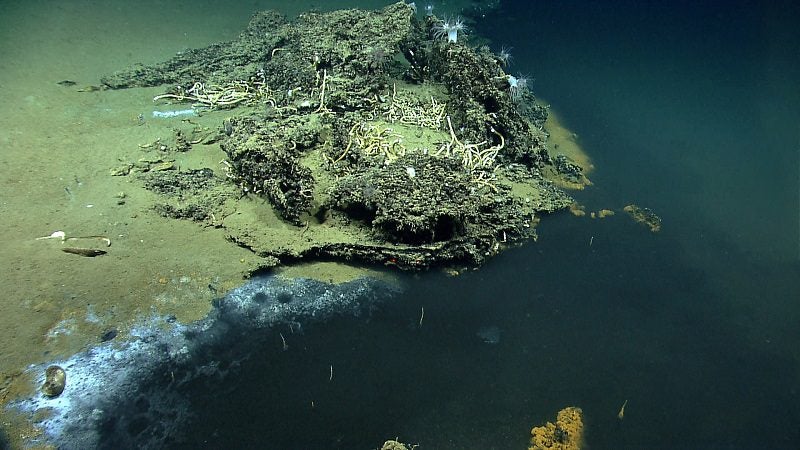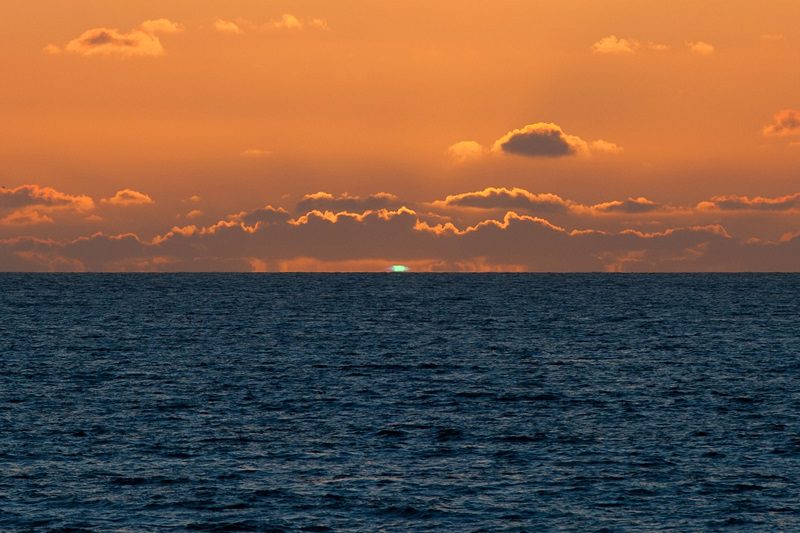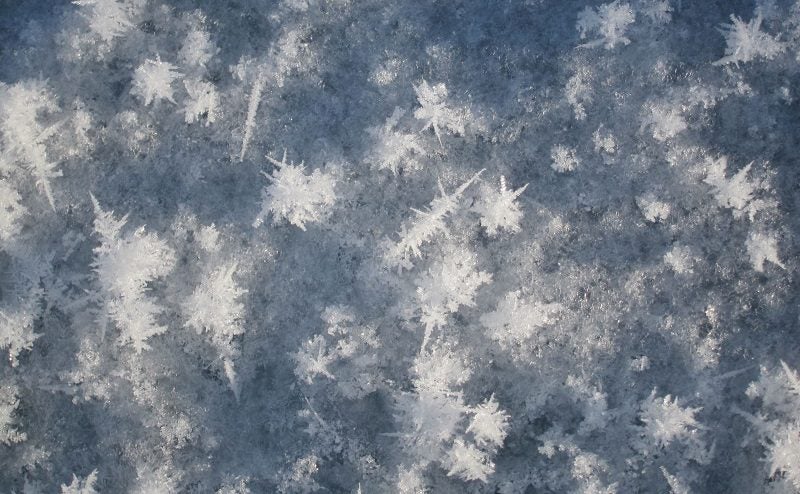December 23, 2021
Five strange and beautiful ocean phenomena
Estimated reading time: 0 minutes
BY: Rachelle Naddaf
Topics:
The ocean is a vast and beautiful place, home to the largest and some of the smallest animals on earth. Ocean ecosystems are almost as incredible and diverse as the animals that call them home and have inspired many myths, legends and folklore around the world. Some of these stories are based on real phenomena that can be witnessed at just the right time and place. Here are five strange and beautiful ocean phenomena:
1) Bioluminescence
- Bioluminescence in the ocean is a truly remarkable phenomenon that can make it look as though waves or entire portions of the ocean are lit up, glowing in the dark. This is actually light produced by tiny marine organisms, notably by a type of marine plankton called dinoflagellates, which light up as a defense mechanism. Physical disturbances like a wave, a moving boat or something swimming through the water cause the tiny organisms to light up in defense. This type of bioluminescence produces a blue-green colour and is typically witnessed at night in warm lagoons and bays.
2) Deep-sea brine pools
- It may be hard to believe, but lakes are not only found on land – they can be found at the bottom of the ocean too. Brine pools are underwater “lakes” in the deep sea that are made up of water that is significantly saltier, denser and heavier than the surrounding seawater. This causes the briny water to sit on the seafloor, separate from the surrounding seawater, taking on the appearance of a lake – with a distinct shoreline, waves and ripples. While certain species of mussels can survive along the edges of these lakes, the brine itself is toxic to most other marine animals, containing little to no oxygen and high concentrations of salt and various chemical compounds. Most brine pools are found in the Gulf of Mexico, the Mediterranean Sea and the Red Sea.

3) Brinicles
- Brinicles are essentially underwater icicles that form beneath sea ice in cold, polar regions. They form when the ice cracks and salt-rich water leaks out and sinks to the ocean floor. This salty water is well below zero degrees Celsius and is colder than the freezing point of seawater. As it sinks it crystalizes into an angular, salty, ice crystal or brinicle. These brinicles are sometimes called the “Finger of Death” because once they reach the seafloor or interact with sealife, the sub-freezing, salt-rich water will freeze any small marine animal it touches. Starfish, anemones, small fish and even algae can be cut or frozen solid when they are met with a brinicle.
4) Green flash
- The green flash is an unbelievable, almost supernatural, phenomenon that is most frequently seen near sunrise or sunset over water and can only be observed when the air is clear. This bright green flash typically only lasts for one to three seconds and is a result of both a mirage and the dispersion of sunlight. Just as the sun dips below the horizon over the ocean, the light is refracted, or bent, through several layers of the Earth’s atmosphere. This process occurs much in the same way that a prism refracts light to create rainbows. When the sun is seen dipping below or rising above the horizon, the green light refracts more strongly which is why a green flash is visible.

5) Frost flowers
- Frost flowers look exactly like their name suggest; they are delicate ice crystal structures that resemble flowers. Frost flowers occur in colder seas, typically forming on young sea ice in very cold conditions where little wind blows. The formation of these “flowers” made of ice and frost occurs when the temperature of the atmosphere is much colder than the temperature of the underlying ice. When cold moist air above the surface of the sea ice becomes saturated with water vapour, frost begins to form on imperfections on the icy surface. They continue to capture this moisture from the air, crystallizing and growing into larger, flower-like shapes made of frost and ice. They typically grow to three to four centimetres wide and can be seen scattered across a sea’s surface much like a garden of flowers.





